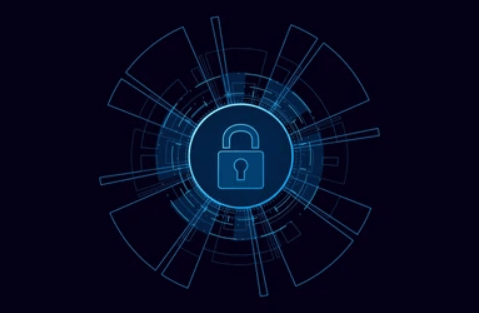Overcoming Challenges in Zero Trust Security Implementation

Implementing a robust cybersecurity framework is more important than ever. Businesses are increasingly turning to zero-trust security to protect their networks. But what does it take to implement this model effectively? How can organisations navigate the challenges that come with it? These questions highlight the complexities and opportunities that come with adopting a zero-trust model.
Identifying Common Challenges in Zero Trust Implementation
Cultural Resistance and Organisational Change
One of the most significant barriers to zero trust security implementation. Employees and leadership teams accustomed to traditional security models may resist the changes required for zero trust. The shift often requires a fundamental change in mindset, as zero trust demands stricter access controls and more frequent security checks. Overcoming this resistance involves educating all stakeholders about the benefits of zero trust and ensuring they understand the reasons for the change.
See also: Car Recycling Business Beyond the ScrapYard in Canada
Complexity and Integration with Existing Systems
Integrating the zero-trust model with existing systems can be daunting. Most organisations have a mix of legacy and modern systems, each with its security protocols. Ensuring that these systems work seamlessly within a zero-trust framework can be complex. Businesses must assess their current infrastructure and identify potential roadblocks to integration. Additionally, they may need to invest in new technologies and tools that support zero-trust principles.
Managing Costs and Resources
Implementing zero trust can be resource-intensive. It requires significant investment in both technology and personnel. Organisations may need to upgrade their infrastructure, purchase new software, and train employees on the new security protocols. Managing these costs while maintaining regular business operations can be challenging. Budget constraints can also limit the speed at which zero trust is implemented, forcing businesses to prioritise certain areas over others.
Strategies for Overcoming Zero Trust Challenges
Developing a Clear Implementation Roadmap
Organisations should develop a clear implementation roadmap to overcome the challenges associated with the zero-trust model. This roadmap should outline the steps to achieve zero trust, including timelines, milestones, and responsibilities. By having a detailed plan, businesses can ensure they are moving forward systematically and address potential issues before they become major roadblocks.
The roadmap should also include a phased implementation approach. Businesses can start with critical systems or high-risk areas instead of trying to roll out zero trust across the entire organisation at once. This allows them to test the effectiveness of the zero trust model and make necessary adjustments before expanding it to the rest of the network.
Investing in Employee Training and Awareness
Employee awareness is critical to the success of the zero trust model. Organisations must invest in training programs that educate employees about zero trust principles and their role in maintaining security. These programs should cover topics such as secure access protocols, recognising phishing attempts, and the importance of reporting suspicious activities.
Regular training sessions and awareness campaigns can help build a security-conscious culture within the organisation. Employees who understand the importance of zero trust are likelier to follow security protocols and less likely to resist the changes required for its implementation.
Leveraging Automation and AI
Automation and artificial intelligence (AI) can significantly simplify zero-trust implementation. Automated tools can help manage access controls, monitor network traffic, and detect potential threats in real-time. AI-driven analytics can provide insights into user behaviour, helping organisations identify and mitigate risks more effectively.
By leveraging automation and AI, businesses can reduce the complexity of zero-trust implementation and improve the efficiency of their security operations. These technologies can also help organisations avoid emerging threats by continuously analysing data and adjusting security protocols as needed.
Zero trust security offers a powerful solution for protecting networks in an increasingly complex threat landscape. However, its implementation comes with challenges that organisations must address proactively. Embracing the above strategies will ensure that zero trust model becomes an integral part of an organisation’s defense against evolving threats.



